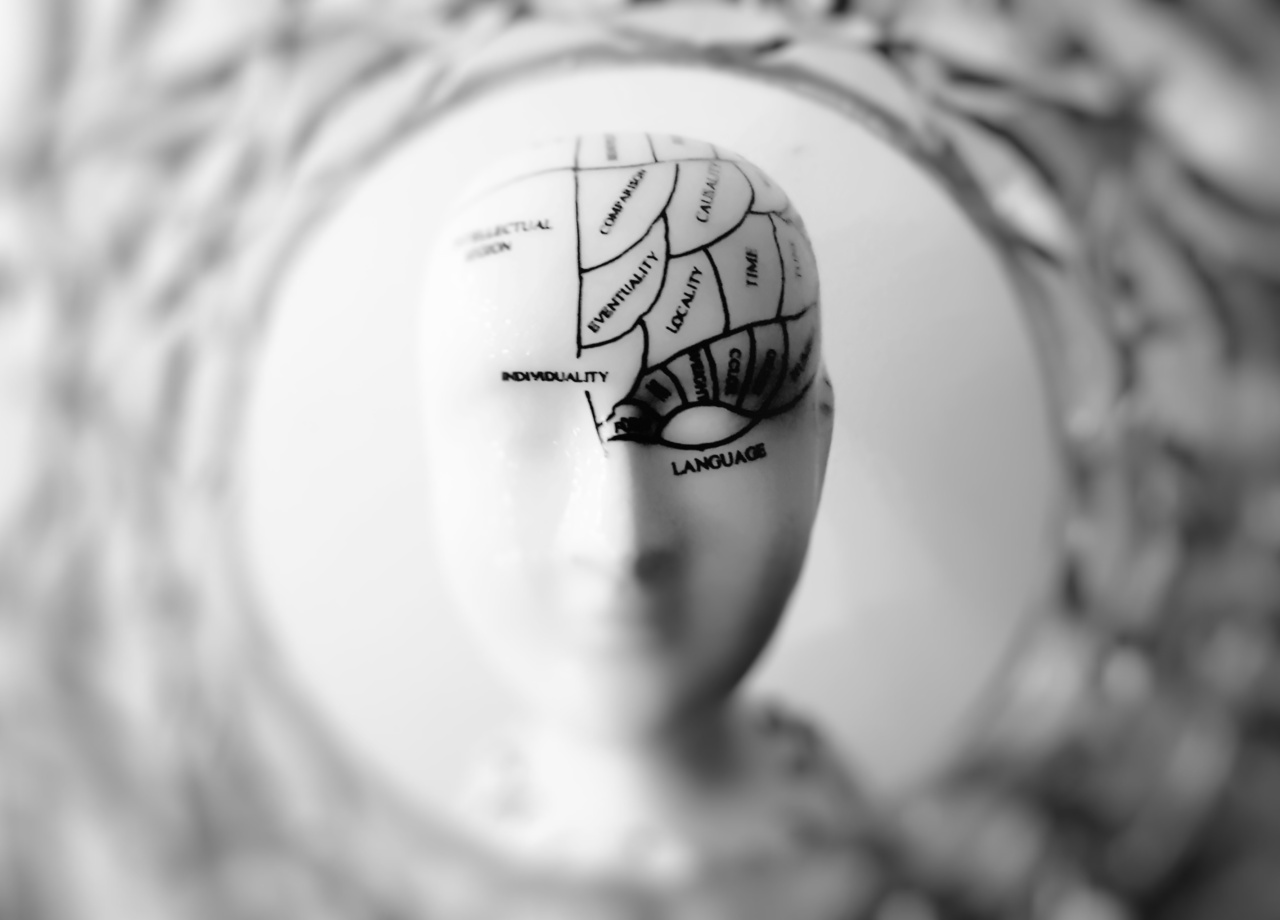For centuries, humans have been searching for the secret to longevity – the ability to live a long, healthy life.
While some have claimed that the answer lies in diet and exercise, researchers have recently made a breakthrough discovery that could lead to extended lifetimes: a brain protein called Klotho.
What is Klotho?
Klotho is a protein that was first discovered in 1997 by a group of Japanese scientists. The protein is named after one of the three Greek goddesses of fate, who was responsible for spinning the thread of human life.
The researchers found that the presence of Klotho in mice led to a longer lifespan, while its absence resulted in premature aging and death. Since then, Klotho has become the subject of intensive research, as scientists look for ways to harness its power and unlock the secrets of longevity.
How Does Klotho Work?
Scientists have discovered that Klotho has a number of important functions in the body. It plays a role in regulating calcium and phosphate levels, as well as influencing the activity of certain hormones, such as insulin and growth hormone.
More recently, however, researchers have found that Klotho also has a direct effect on the aging process.
The Link Between Klotho and Aging
A study published in the journal Nature Communications in 2015 found that increasing the levels of Klotho in mice led to a longer lifespan and improved health in old age.
The researchers discovered that Klotho works by regulating a pathway called the insulin-like growth factor-1 (IGF-1) pathway, which is known to play a role in aging. When Klotho levels are low, this pathway becomes overactive, leading to accelerated aging. By increasing Klotho levels, the researchers were able to slow down the aging process and extend the lifespan of the mice.
Possible Applications of Klotho
The discovery of Klotho’s role in aging has led to a great deal of excitement among researchers, who are now looking for ways to harness its power to extend human lifespans.
While more research is needed before Klotho-based therapies can be developed, there are a number of potential applications that have been suggested, including:.
1. Treatment for Age-Related Diseases
As we age, our risk of developing certain diseases, such as Alzheimer’s disease, cancer, and heart disease, increases.
Researchers believe that Klotho may be able to help prevent or treat these diseases by slowing down the aging process and reducing inflammation.
2. Anti-Aging Treatments
Many people are willing to go to great lengths to maintain a youthful appearance. Klotho-based treatments could potentially offer a non-invasive alternative to traditional anti-aging treatments, such as Botox or plastic surgery.
By slowing down the aging process at a cellular level, Klotho could help to reduce wrinkles and fine lines, as well as improve skin elasticity and tone.
3. Improved Bone Health
Osteoporosis is a condition that affects many older individuals, particularly women. Klotho has been shown to regulate the levels of calcium and phosphate in the body, which are important for maintaining healthy bones.
By increasing Klotho levels, researchers hope to develop treatments that can prevent or treat osteoporosis.
4. Improved Cognitive Function
As we age, our cognitive function often declines. Klotho has been shown to play a role in regulating the activity of certain hormones that are important for brain function.
By increasing Klotho levels, researchers hope to develop treatments that can improve cognitive function in older individuals.
The Future of Klotho Research
While the discovery of Klotho’s role in aging is an exciting breakthrough, researchers caution that more research is needed before Klotho-based therapies can be developed.
Clinical trials will be necessary to determine the safety and effectiveness of Klotho treatments, as well as to determine the best dosages and treatment regimens. However, the discovery of Klotho represents a major step forward in the search for the secret to longevity, and offers hope for a longer, healthier life for all of us.































